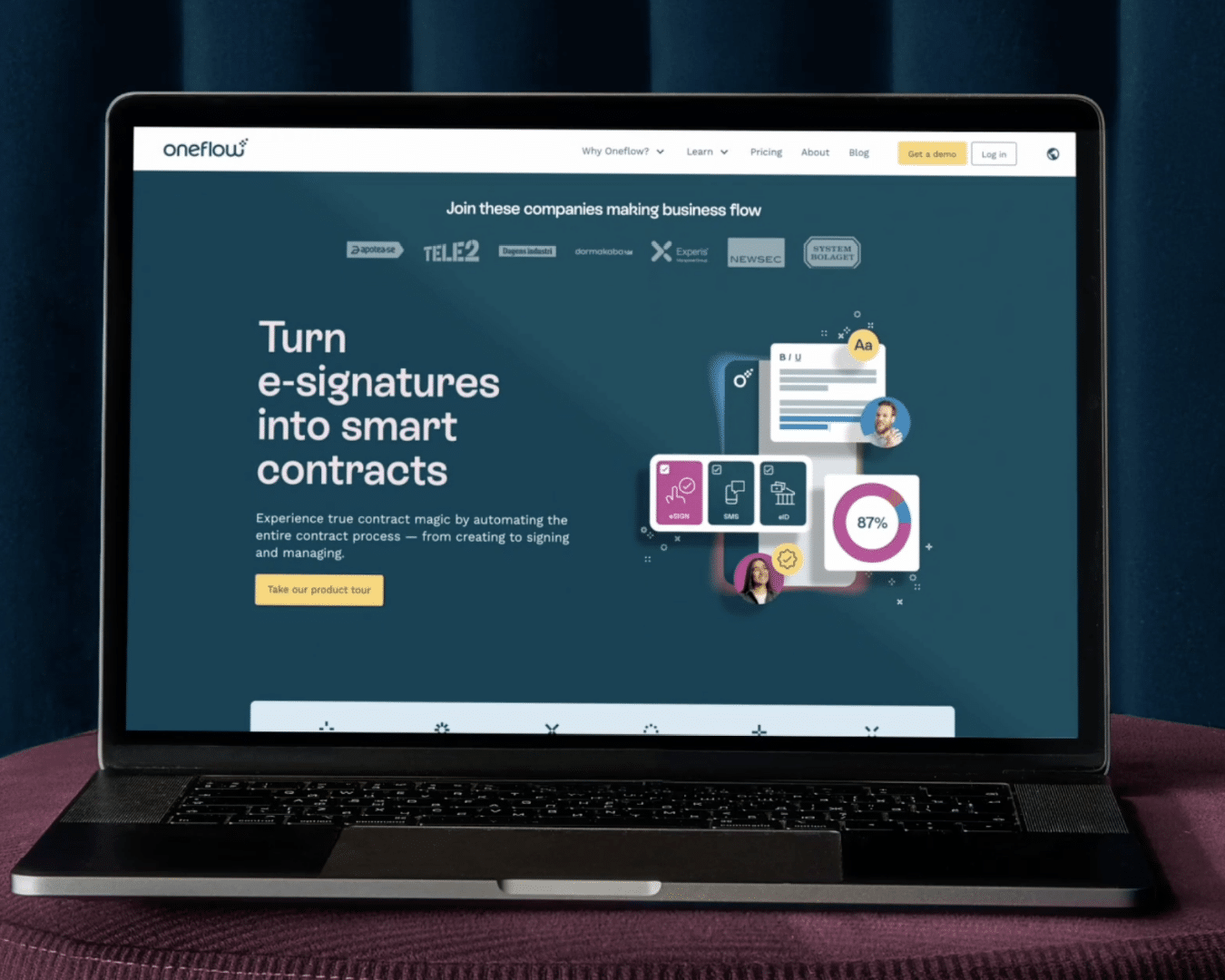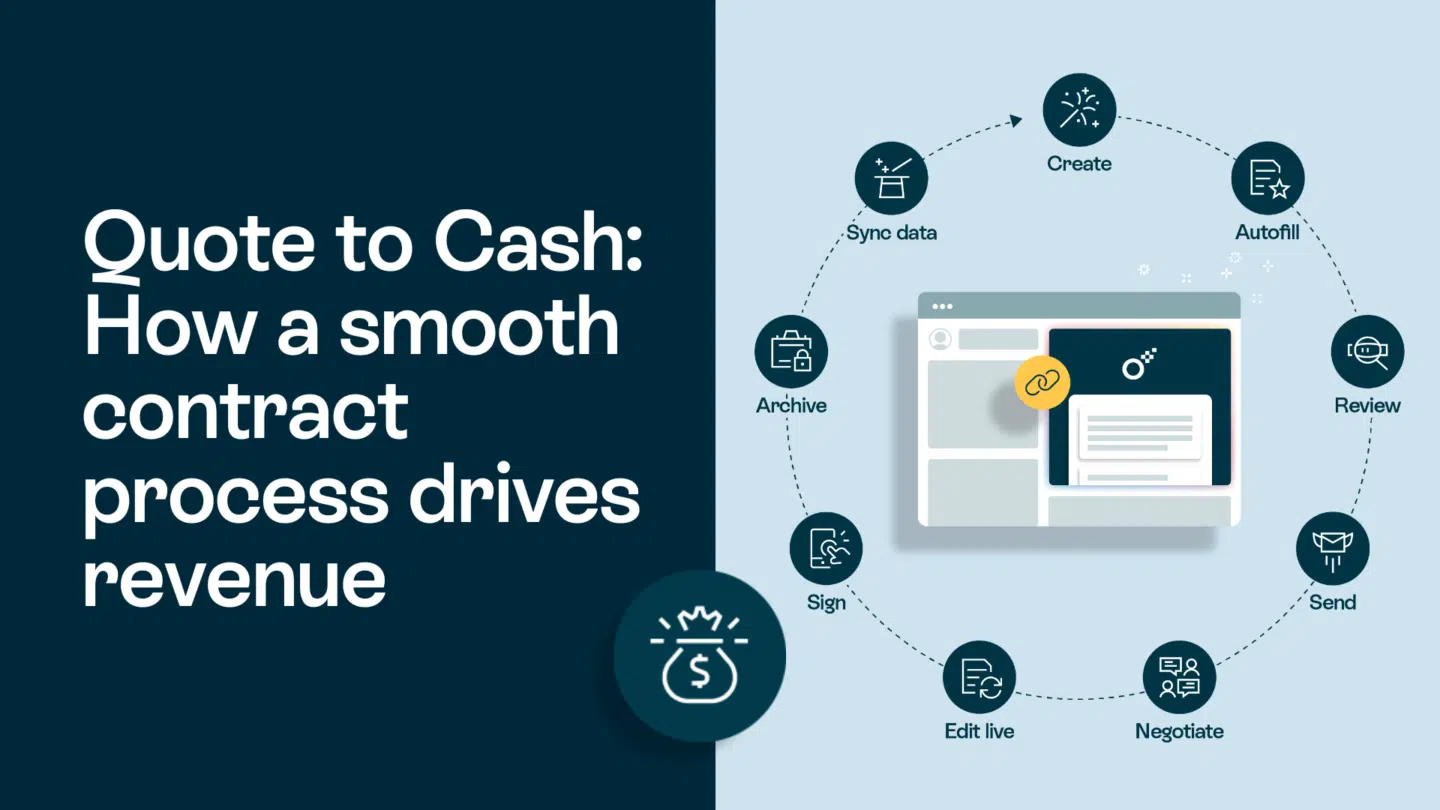What are the best business strategies for leaders? In this article we will answer this question!
Change. The unpredictable wave crashes upon the shores of carefully constructed plans, upending the status quo and leaving leaders teetering on the edge of uncertainty. It serves as the ultimate test of those at the helm and their ability to lead an organization through fluctuating conditions.
But in this age of relentless innovation, it can be tough to prepare for–and even more so, respond to–the seismic shifts that seem to be happening with increasing regularity. So how can leaders stay ahead of the curve and guide their organization through times of transformation?
Read on if you are looking for ways to create an environment where change is embraced instead of feared!
1. Have a plan
Rebounding from the chaos and confusion of change is possible, but only with a clear and concise plan in hand. Prior to presenting any proposed changes to your team, ensure that you have a comprehensive and well-thought-out plan explaining the when, how, and why of the grand metamorphosis. Without these essential elements, your staffers may struggle to grasp the purpose and significance of the transformation. Understanding the purpose of a business plan is crucial to this process.
A plan worthy of consideration goes beyond mere intentions. It delves into the nitty-gritty details, documenting the specific tasks and deliverables needed to carry out the process. This will help bring clarity to the mission, enabling everyone to work together towards a common goal. Moreover, by outlining new or modified responsibilities for those affected, you give employees a sense of structure, which can be invaluable during turbulent periods.
Also, anticipate any concerns or questions your team may harbor an
d incorporate them into the plan. Doing so will help allay any misgivings about the transition and convey to your crew that the change is well-planned and deserving of their worth supporting.

2. Business strategies for leaders: Check on your employees
Whether it’s a major overhaul or just a tweak to the norm, change, or even the anticipation of it, can create unease among your workforce, potentially destabilizing the workplace environment. Sometimes, employees will openly vocalize their fears about the upcoming transition. However, oftentimes it’s their behavior or performance that gives away their inner turmoil. This is especially the case when their well-worn routines are threatened.
To truly gauge how your employees are coping, watch out for signs of disengagement or resistance. Do your employees seem less enthusiastic and/or more disinterested? Are they shirking responsibilities, avoiding interactions, or displaying a ‘go-through-the-motions’ attitude? These are all signs that they need extra motivation and support to help them create a genuine connection to their workplace. If you detect any anxiety bubbling under the surface, be proactive in dealing with it. Talk with the concerned employees and explore ways to help ease any disquiet they may be feeling. Ultimately, when the team feels heard and supported, they will be more likely to buy in and join your cause.
3. Ensure employee engagement
Telling your team what changes will occur without consulting them can appear autocratic and restrictive, leaving them feeling disempowered and detached from the process. Even if your intentions are well-meaning, you could inadvertently create a culture of passive acceptance versus active engagement.
Rather than dictating the course of action from your captain’s perch, invite your crew to weigh in on the decision-making process. Research has conclusively proven that the number one driver of employee engagement during organizational change is being involved in the decision-making process. When you give a voice to employees, especially in decisions that directly affect them, they will feel more engaged and motivated to see the change through.
Of course, involving employees doesn’t mean turning every decision into a democratic process. There will be times when decisions will have to be made unilaterally. But even so, you can include your staff by offering them insight into the rationale behind a decision. When employees understand why certain paths were chosen and how they benefit the collective, they’ll feel more connected to the organization’s vision. This deep-rooted engagement will propel them to embrace change enthusiastically, knowing it will lead to a better tomorrow.

4. Top business strategies: Don’t expect results overnight
Though you may be eager to expedite the implementation of your plan, any sudden or sweeping changes will likely create further disruption and resistance. The key is to take a phased approach, gradually introducing changes and allowing your team to adjust at their own pace.
Humans, being creatures of habit, tend to tread cautiously when faced with unfamiliar terrain. So it’s best to approach the transformation process as a journey that needs to be taken in measured, attainable steps. Craft a timeline that considers both the urgency of the situation and your team’s capacity to adopt. This will ensure that you stay on track without overwhelming your workforce.
Don’t forget to provide plenty of support and training along the way. If your team knows they have resources to fall back on, any apprehensions about venturing into uncharted territory will be greatly lessened. And be prepared to course-correct should any hiccups arise.
5. Leverage digital tools
When you’re in the throes of change, it can be easy to feel like you’re in a whirlwind of activity with no clear direction. And the more complex the change, the harder it is to keep track of all the moving parts. To ensure your metamorphosis is nothing short of magnificent, you must arm yourself with the proper arsenal of business tools and processes. Here are seven digital tools that can aid leaders in navigating change effectively:
- Document Management. The convoluted nature of change often leads to an avalanche of documents, emails, and other pieces of info that need to be arranged in a coherent manner. A good filing management solution can help leaders keep track of all these elements and ensure that critical data is never misplaced or compromised.
- Survey. Survey software allows for the quick and easy collection of employee opinions or ideas on a given topic. This feedback loop can be invaluable in helping leaders stay on top of the changing environment and address any issues that arise.
- Project Planning. Seeing your change plan laid out in a visual format can help clarify the steps needed for successful execution. Project planning software allows leaders to map out and monitor progress, ensuring that objectives are being met as planned and no stone is left unturned.
- E-signature software. Organizational change decisions and approvals often require the signatures of multiple stakeholders. With e-signature software, leaders can quickly and securely collect signatures, reducing or eliminating paper-based processes.
- Workflow Automation. Even with the most talented team of change agents, some of the more mundane aspects of transition can still be time-consuming. Workflow automation can help streamline these processes and give you more time for higher-value change initiatives. Just remember to choose a user-friendly tool with a no-code setup to avoid introducing additional challenges to the already overwhelming change process.

Leading through change
The dynamic business landscape demands constant vigilance and preparedness to weather the storms of transformation. The strategies and tactics outlined in this blog provide a blueprint for leaders to find ways to thrive amidst challenging conditions. With the right approach, it is possible to turn change from a challenge into an opportunity for growth. So, if you are ready to take charge and run your organization into the future, get out there and start implementing these strategies today!








